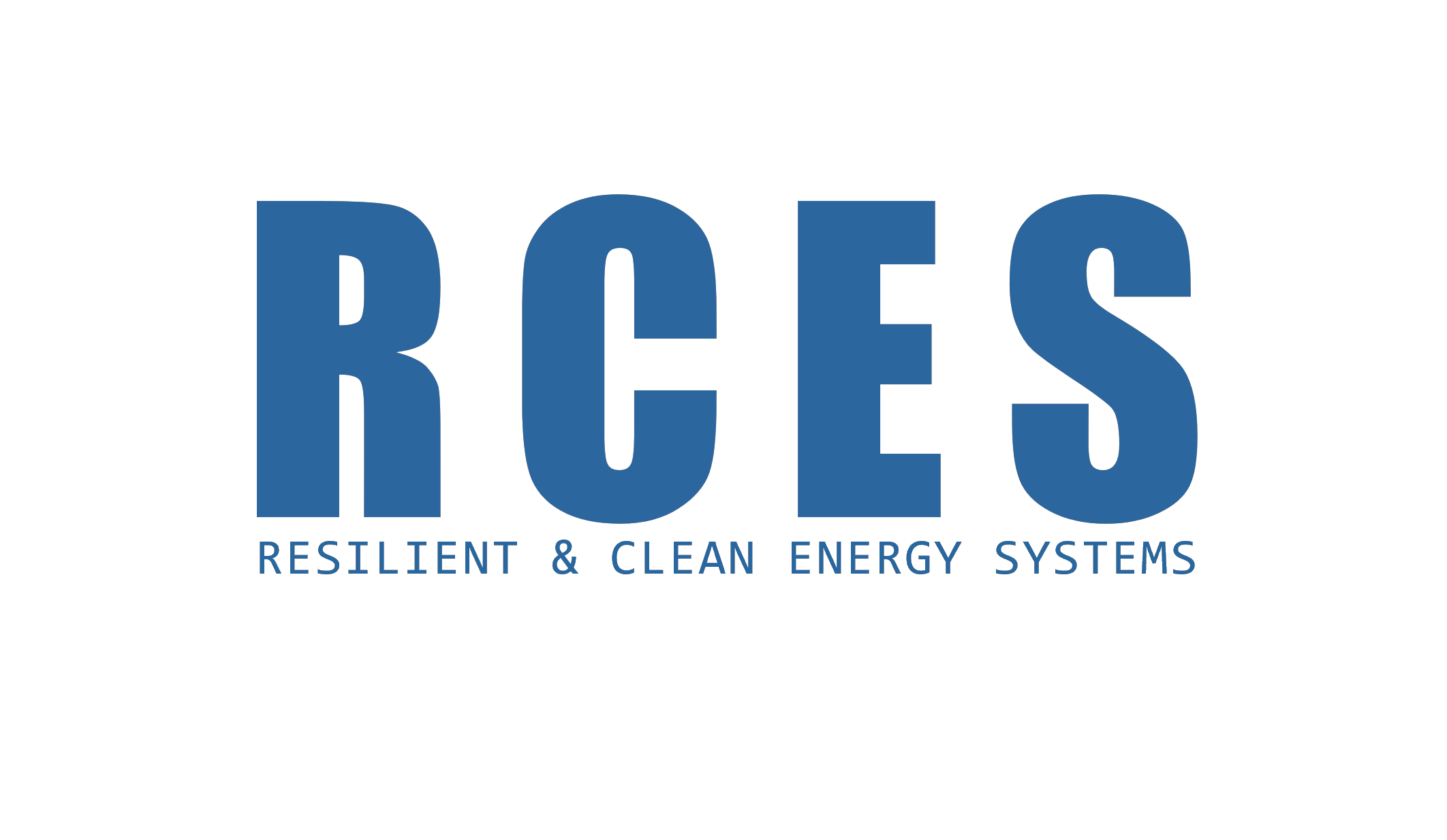Hydrogen generation via dry reforming of corn stover pellets using corn stover biochar as catalyst
This is an IEEE and RCES online seminar.
Green hydrogen produced through the thermochemical reforming of agricultural residues presents a sustainable solution for mitigating global warming. Corn stover, a renewable and carbon-rich agricultural residue, is an efficient feedstock for sustainable green hydrogen production via thermochemical processes. In this work, A 2kg lab scale thermo-catalytic reforming unit consisting of an intermediate pyrolysis auger reactor (400 - 500 °C) and a reformer (500 - 700 °C) was used to focus on hydrogen-rich TCR gas production. We also characterized the resulting pyrolysis products, including bio-oil and char. The optimum reactor and reformer temperatures for TCR gas production were identified as 500°C and 675°C, respectively. Under these conditions, organic liquid production was 2.44%, char production was 25.37%, and TCR gas production was 58.55%, with 22.96% being H2. The syngas produced, with an HHV of 7.91 MJ/Nm3, serves as a precursor for advanced processes like Fischer-Tropsch and Haber-Bosch, enabling the production of synthetic fuels and chemicals. The bio-oil produced under these conditions demonstrated favourable characteristics, including an HHV of 34.85 MJ/kg, an O/C ratio of 0.12, and an H/C ratio of 0.08. These values indicate improved bio-oil quality compared to lower reforming temperatures (400/500°C), which yielded an HHV of 28.76 MJ/kg, an O/C ratio of 0.38, and an H/C ratio of 0.12. At 25°C, the density of the bio-oil was 1080 kg/m3, with a dynamic viscosity of 45.6 mPa·s and a kinematic viscosity of 42.4 mm2/s. The char produced at 500/675°C had an HHV of 11.71 MJ/kg, compared to 15.89 MJ/kg at 400/500°C, and offers potential as a secondary fuel in combined heat and power (CHP) systems. SEM analysis revealed high surface porosity in the biochar, confirming its suitability for surface water phosphorus absorption. Our findings suggest that intermediate pyrolysis coupled with catalytic reforming is a promising pathway for green hydrogen generation and valorization of pyrolysis byproducts, with potential applications in renewable energy and sustainable agriculture.
Date and Time
Location
Hosts
Registration
-
 Add Event to Calendar
Add Event to Calendar
Loading virtual attendance info...
- Contact Event Hosts
- Co-sponsored by Resilience and Clean Energy Systems (RCES)
Speakers
Ebenezer Adewola of University of Alberta
Hydrogen generation via dry reforming of corn stover pellets using corn stover biochar as catalyst
Biography:
Adewola Ebenezer is a Master’s student in the Energy Systems Group within the Department of Mechanical Engineering at the University of Alberta, supervised by Dr. Amit Kumar. His research focuses on the thermochemical conversion of biomass, specifically in the use of Thermo-catalytic reforming technology to process agricultural biowaste, aiming to develop sustainable and efficient energy solutions from renewable resources.
Address:University of Alberta, , Edmonton , Alberta, Canada



